
Three-stage frequency divider

No description available.
Related Circuits
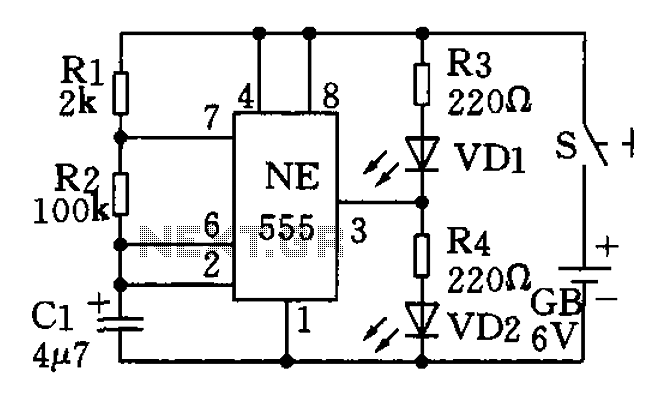
The circuit utilizes a 555 timer as the central component of a flashing light circuit. In normal operation, the light-emitting diodes (LEDs) VD1 and VD2 alternate flashing. The circuit comprises the NE555 timer, resistors R1 and R2, and capacitor...
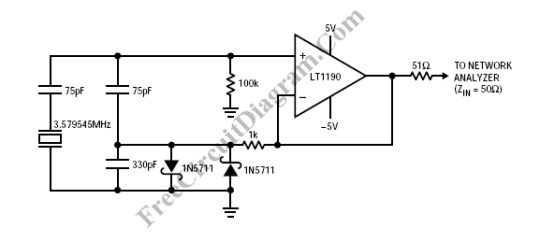
Op-amps have been widely used in low-frequency oscillators. Op-amps, or operational amplifiers, are versatile components frequently utilized in the design of low-frequency oscillators. These devices are capable of generating periodic waveforms, such as sine, square, or triangular waves, which are...
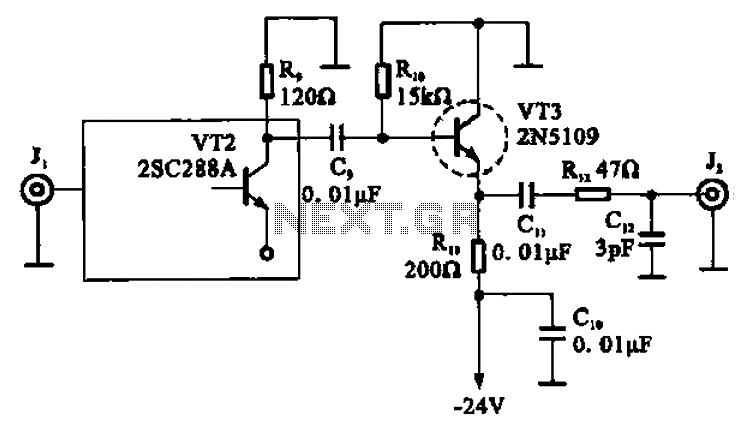
A high-frequency signal is displayed in the output amplifier. The circuit consists of a VI3 common collector amplifier (emitter follower) designed to enhance the child-band. It is a high-frequency amplifier (1-250 MHz) that increases the output voltage and boosts...
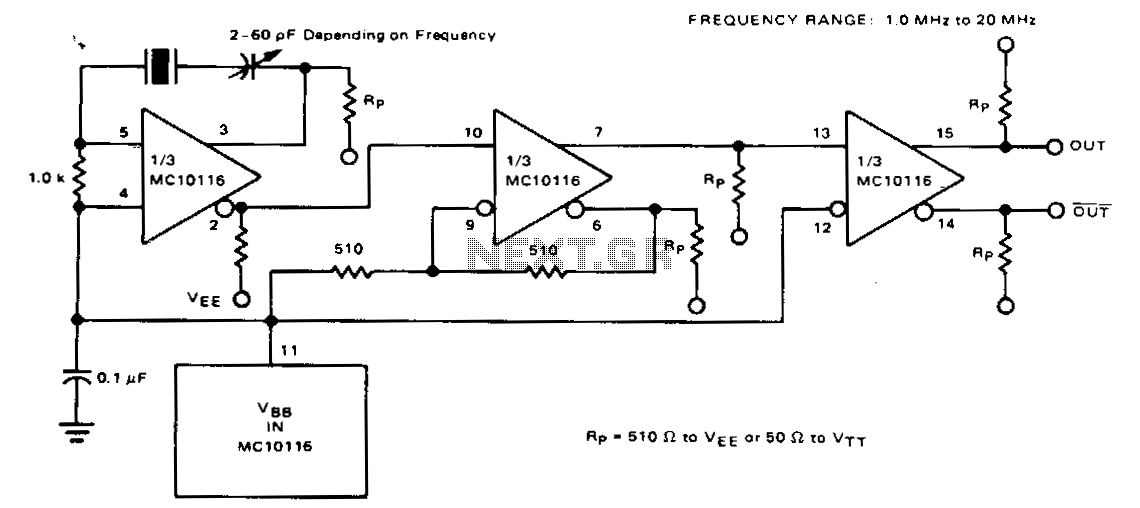
For frequencies below 20 MHz, a fundamental-frequency crystal can be utilized, eliminating the need for a resonant tank. At these lower frequencies, the typical MECL 10,000 propagation delay of 2 ns becomes negligible compared to the oscillation period, necessitating...
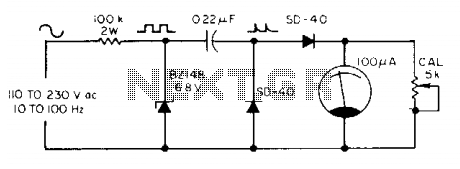
The meter utilizes a zener diode to convert input sine waves into square waves. After calibration with a 5 k ohm potentiometer, the 100 µ meter provides a direct reading in hertz. The circuit employs a zener diode as a...
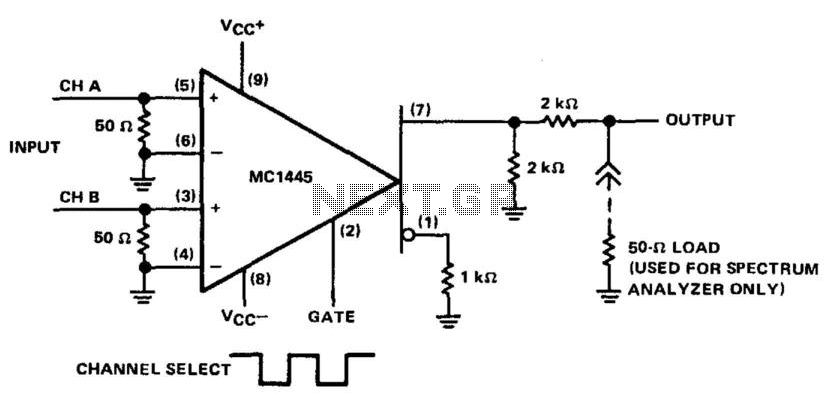
Apply a signal to each differential amplifier input pair. When the gate voltage changes from one extreme to the other, the output can alternate between the two input signals. When the gate level is high (1.5 V), a signal...
We use cookies to enhance your experience, analyze traffic, and serve personalized ads. By clicking "Accept", you agree to our use of cookies. Learn more